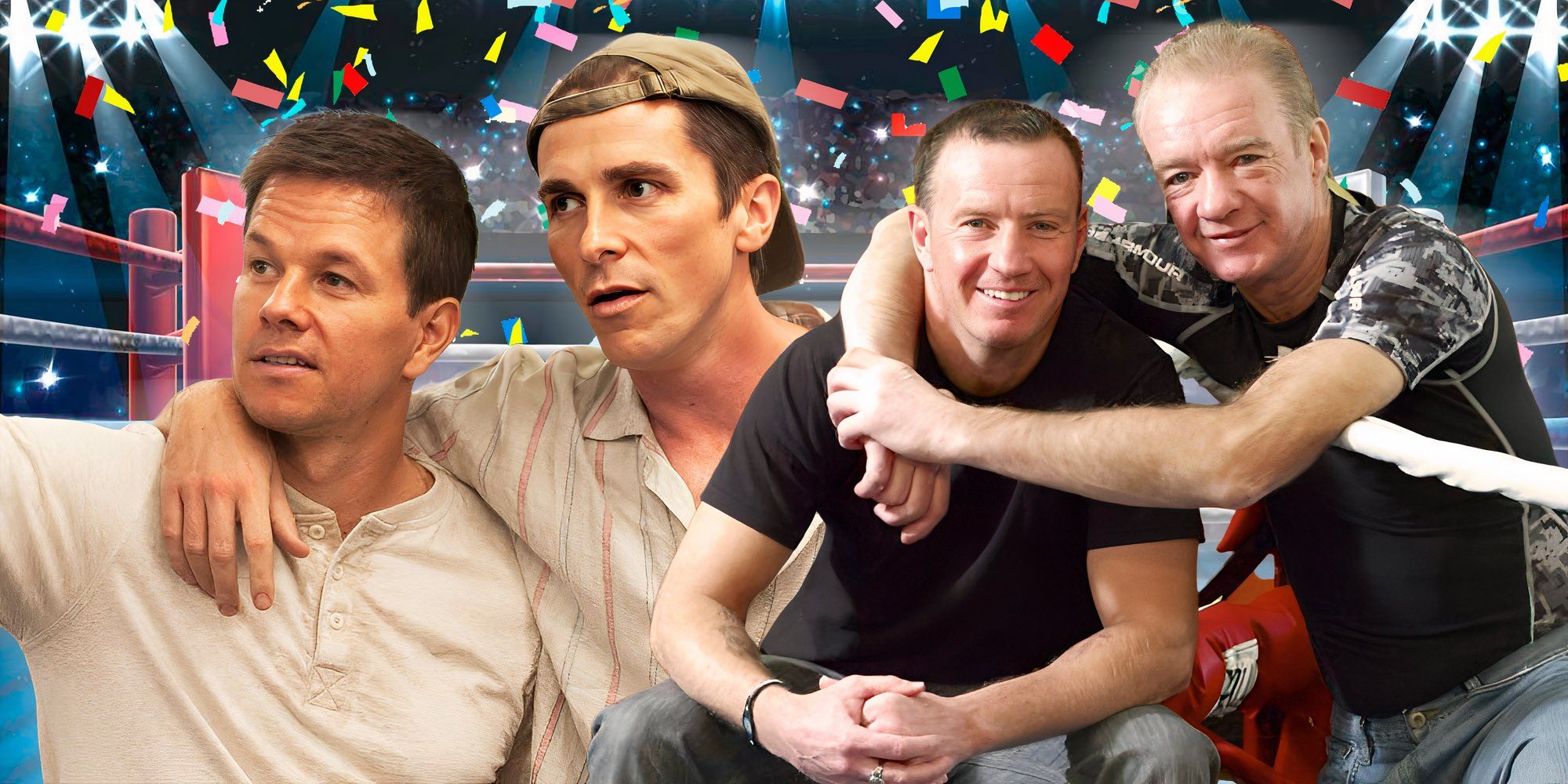
The film The Fighter offers a heartfelt account of Dicky Eklund and Micky Ward’s lives, making it an exceptional boxing movie that portrays the intricacies of family ties, addiction struggles, and unwavering ambition. This captivating narrative follows two siblings as they traverse the professional boxing sphere, battling their inner demons and family disputes. The Fighter is distinguished by its raw authenticity, powerful acting, and a plot that echoes far beyond the ring. It’s a story of restoration, strength, and the unbreakable bond between brothers, unfolding against the harsh environment of the boxing world. In essence, it’s a tale of redemption, resilience, and the indomitable power of brotherhood.
The movie titled “The Fighter” is a true account inspired by the experiences of boxing siblings Dicky Eklund and Micky Ward, hailing from Lowell, Massachusetts. While Dicky, the elder brother, was once a gifted pugilist whose career took a downward spiral due to drug abuse and criminal activities, Micky, the younger, managed to break free from his brother’s shadow and forge his own path in the boxing world. The tale weaves their lives together, showcasing their striking differences amidst their interconnected destinies, providing an unflinching, uncensored, and strikingly authentic portrayal of their real-life struggles both inside and outside the ring.
Dicky Eklund’s Early Boxing Career
Dicky Held An Impressive Record In The 1970s And 1980s
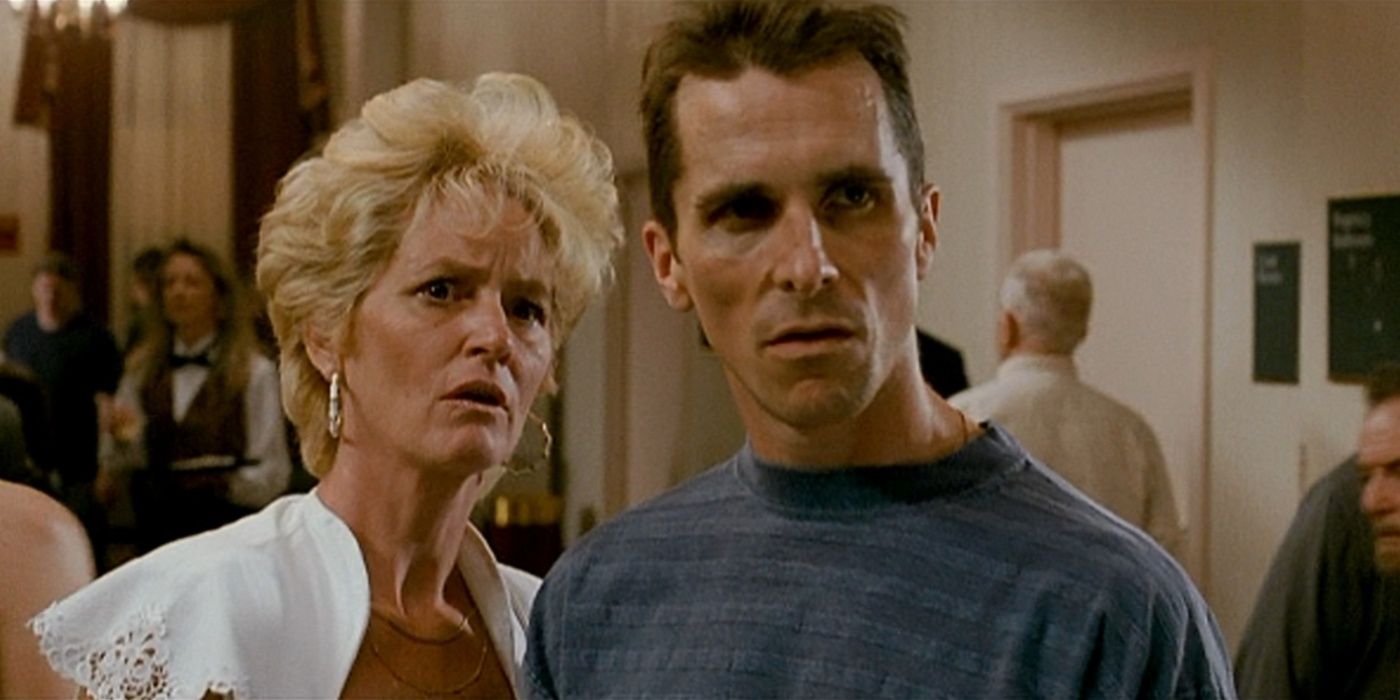
Dicky Eklund’s (Christian Bale) true tale unfolds in Lowell, Massachusetts, where he was born into a family steeped in boxing tradition. His speedy footwork and keen instincts set the stage for his early successes, earning him recognition as a potential welterweight contender. Eklund’s fighting style was a fusion of agility and strategic finesse, making him a formidable adversary in the ring. Nicknamed “The Pride of Lowell,” he claimed the USA New England welterweight title on two separate occasions between 1979 and 1983.
From 1975 to 1985, Eklund’s professional journey built upon an exceptional amateur run that saw him winning 194 out of 200 fights. His professional career started with a loss, but he swiftly regained momentum, clinching 10 straight victories against opponents such as Doug Romano, Terry Rondeau, Carlos Garcia, Randy Milton, and Mike Michaud. Highlights of his career include knocking out C.J. Faison in the first round and defeating Allan Clarke over nine rounds.
In summary, Eklund’s career peaked with 19 wins (four of which were knockouts), but also included 10 losses. Yet, it wasn’t just about the wins; his story is deeply marked by the hardships and trials he encountered outside the ring. His early life laid the groundwork for a tumultuous journey that encompassed both triumphs within the boxing world and personal ups and downs beyond the arena.
Dicky Eklund Vs. Sugar Ray Leonard
Dicky Took On One Of Boxing’s Biggest Names
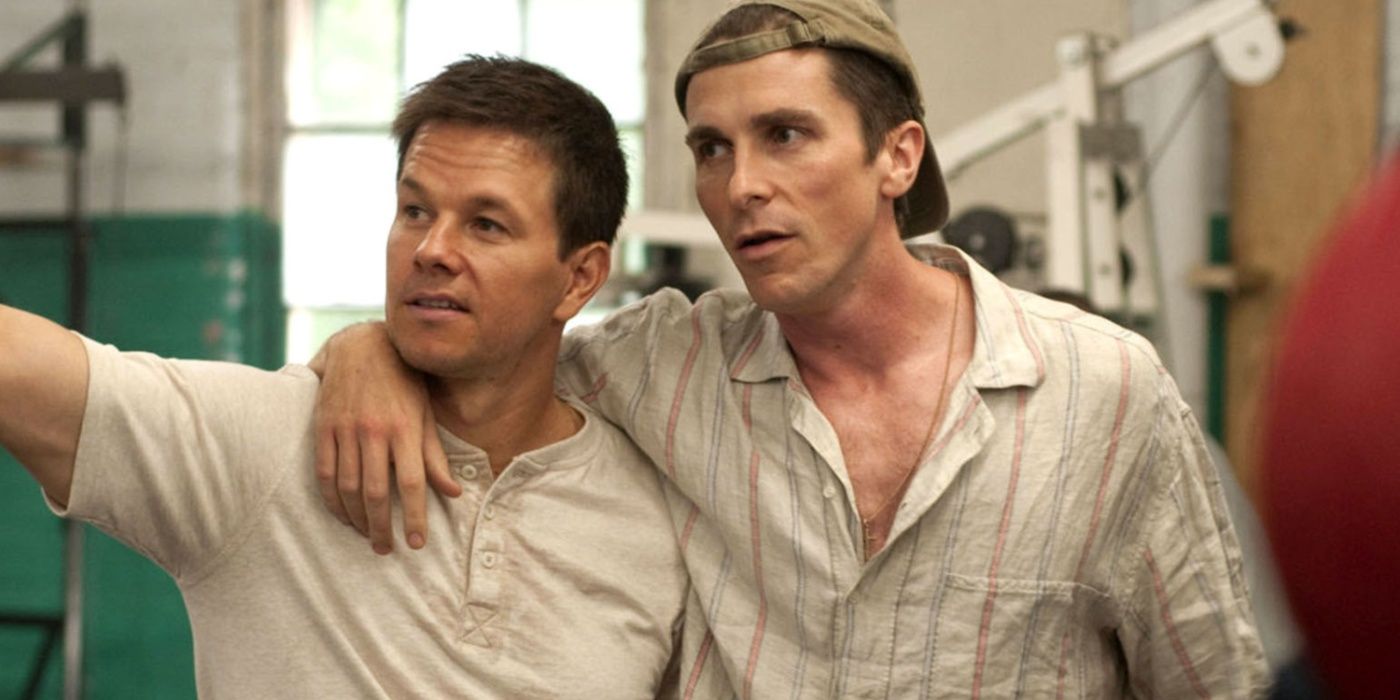
A key event in Dicky Eklund’s boxing journey was his July 18, 1978 fight against Sugar Ray Leonard, who was rapidly gaining fame in the boxing world. This match wasn’t just a regular contest; it represented Eklund’s opportunity to establish himself on a national level. Initially seen as the underdog, Eklund demonstrated his talents and perseverance, with Leonard even falling to the floor – a moment that Eklund would later describe as the peak of his career.
In the end, even though Eklund suffered two knocks and lost by a unanimous decision, the match is remembered for an instance where Leonard stumbled and fell. Eklund claimed this as a knockdown; however, this claim was later challenged, with Leonard and the referee insisting it was merely a slip.
Or:
Eventually, despite Eklund being knocked down twice and losing by unanimous decision, the fight became iconic due to Leonard stumbling and falling. Eklund argued this as a knockdown; however, this argument was later refuted, with Leonard and the referee stating it was just a slip.
Or:
Ultimately, although Eklund took two falls and lost by a unanimous decision, the bout became well-known due to Leonard tripping and falling. Eklund said this counted as a knockdown; however, this assertion was later questioned, with Leonard and the referee confirming it was simply a slip.
Despite the fight not merely being about the instances within the ring, it served as a pivotal moment for Eklund, marking the beginning of a downward trend in his career. The match against Leonard signified the zenith of Eklund’s boxing odyssey, following which his life veered off course. His struggle with addiction progressively cast a shadow over his career, gradually pushing him into obscurity from the boxing limelight.
Micky Ward’s Ascent In Boxing
Micky’s Fights Against Arturo Gatti Were A Highlight In His Career
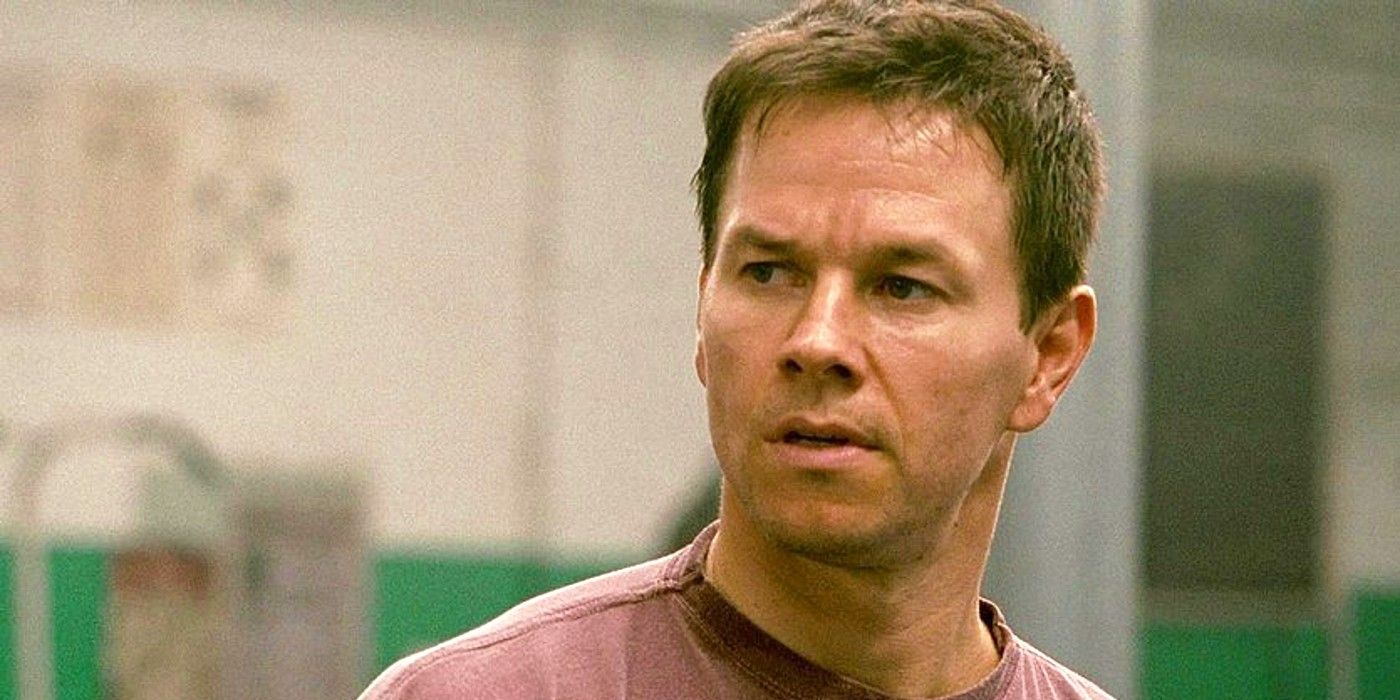
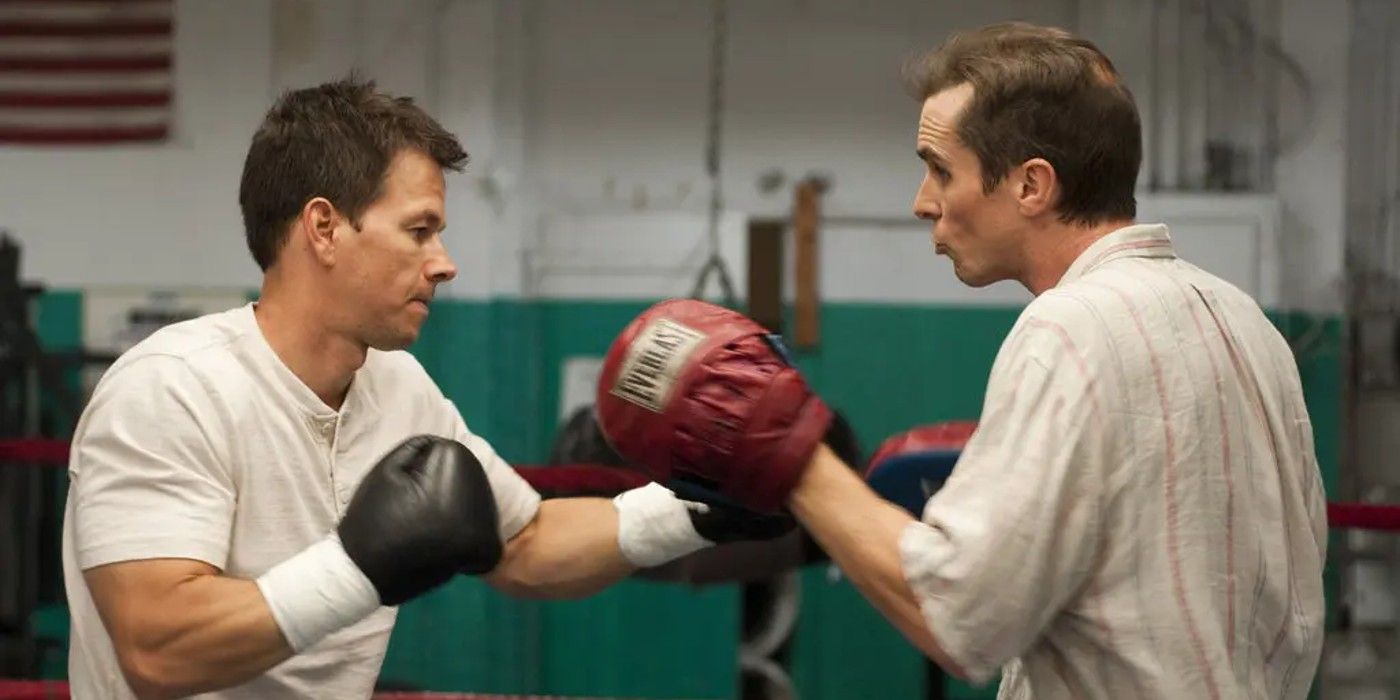
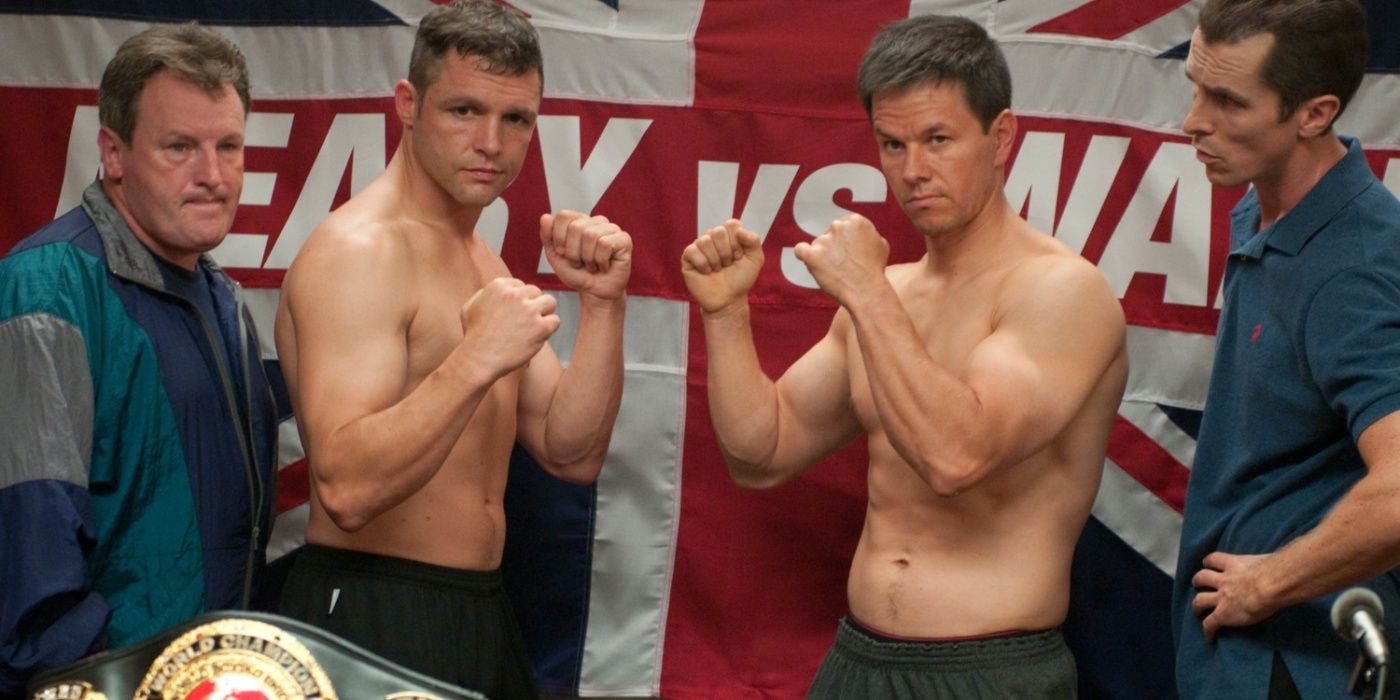
Raised in the wake of his elder brother Dicky in the tough town of Lowell, Ward was well-acquainted with life’s unforgiving aspects. His initial foray into professional boxing was a difficult blend of triumphs and setbacks, as he grappled to establish himself in the competitive ring. Yet, Ward’s tenacity and dedication eventually bore fruit. He earned a formidable reputation as a determined, dogged fighter, ultimately earning the nickname “Irish” Micky Ward“. He embarked on his professional career in 1985 and swiftly left an impression by winning his first fourteen bouts.
In the early ’90s, Ward encountered a series of setbacks marked by four straight defeats. However, following a break and hand surgery, he made an inspiring comeback, winning nine bouts in a row and securing the WBU’s Intercontinental Light Welterweight Title in 2000. Known for his powerful left hook to the body, Ward’s fighting style became renowned. He attempted to challenge for the IBF Light Welterweight Championship in 1997 but was unsuccessful.
Back in the year 2000, I found myself standing victorious after I managed to clinch the WBU Light Welterweight title by outsmarting Shea Neary in the ring. This triumph was one of many battles that helped build my fighting legacy, such as my 10-round decision victory over Emanuel Augustus which was hailed as the “Fight of the Year” by The Ring magazine in 2001. However, it’s my trilogy of fights with Arturo Gatti, starting from 2002, that truly put me on the map. The first bout, a majority decision win for myself, was an exhilarating encounter that bagged us the “Fight of the Year” award in 2002 by none other than The Ring magazine.
In their rematch and third bout, Gatti emerged triumphant on all counts, winning by unanimous decision each time. These fights weren’t merely demonstrations of physical skill, but also showcased remarkable resilience and courage – so much so that both fighters needed hospitalization following the matches (as reported in The Globe and Mail). This boxing trilogy, with the first fight being a standout, is often hailed as one of the greatest in boxing history. It significantly boosted Ward’s reputation and admiration within the boxing community.
Although The Fighter is remarkably faithful to true events among biographical films, it significantly deviates from reality only when it comes to Ward’s boxing statistics during the fight against Shea Neary. In the film, Ward’s record stands at 30-7 with 20 KOs, but in reality, his record was actually 34-9 with 25 KOs.
In the film, it depicts Ward suffering a heavy loss against Mike Mungin, contrary to the actual event where the match continued for 10 rounds and Mungin barely edged out victory. Furthermore, contrary to what is portrayed in The Fighter, Ward was actually on a winning streak of four fights prior to facing Mungin in reality, not a losing one.
Dicky Eklund’s Drug Addiction Explained
Dicky Was Featured In A Documentary About Addiciton
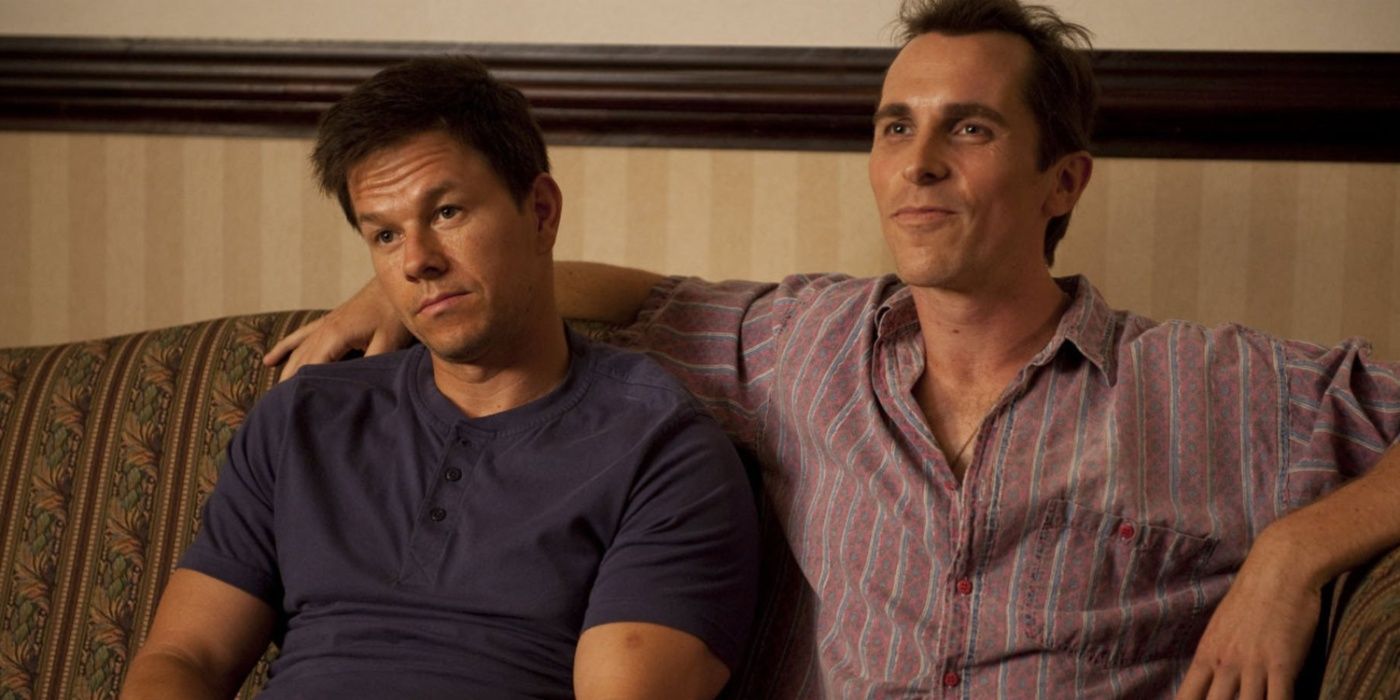
In the narrative of Dicky Eklund and Micky Ward, addiction is a recurring issue that significantly influenced their lives. Dicky’s personal fight against drug addiction was particularly intense and had far-reaching consequences for him as well as his brother. This battle served to expose the harsh truths associated with addiction, especially within the realm of sports. To portray Dicky accurately in this state, Christian Bale lost a substantial amount of weight, reaching 145 pounds, for the movie The Fighter.
Eklund’s spiral into drug addiction not only halted his boxing career but also put a strain on his relationships, particularly with Ward. Dicky Eklund’s life and battle against addiction were portrayed in the 1995 HBO documentary “High on Crack Street: Lost Lives in Lowell”.
The film, titled “Crack in America”, chronicles Eklund’s journey over a period of 18 months as he struggles with a crack cocaine addiction in Lowell, Massachusetts. It shows his attempts to return to boxing and his battles against addiction, culminating in his arrest on felony charges. Interestingly, the movie “The Fighter” dramatizes this documentary, featuring a character named Dicky who mistakenly believes HBO is recording his comeback, but instead discovers that the documentary focuses on how his crack addiction destroyed his life.
Dicky’s Time As Micky’s Trainer
The Brothers Faced Ups And Downs In Their Professional Collaborations
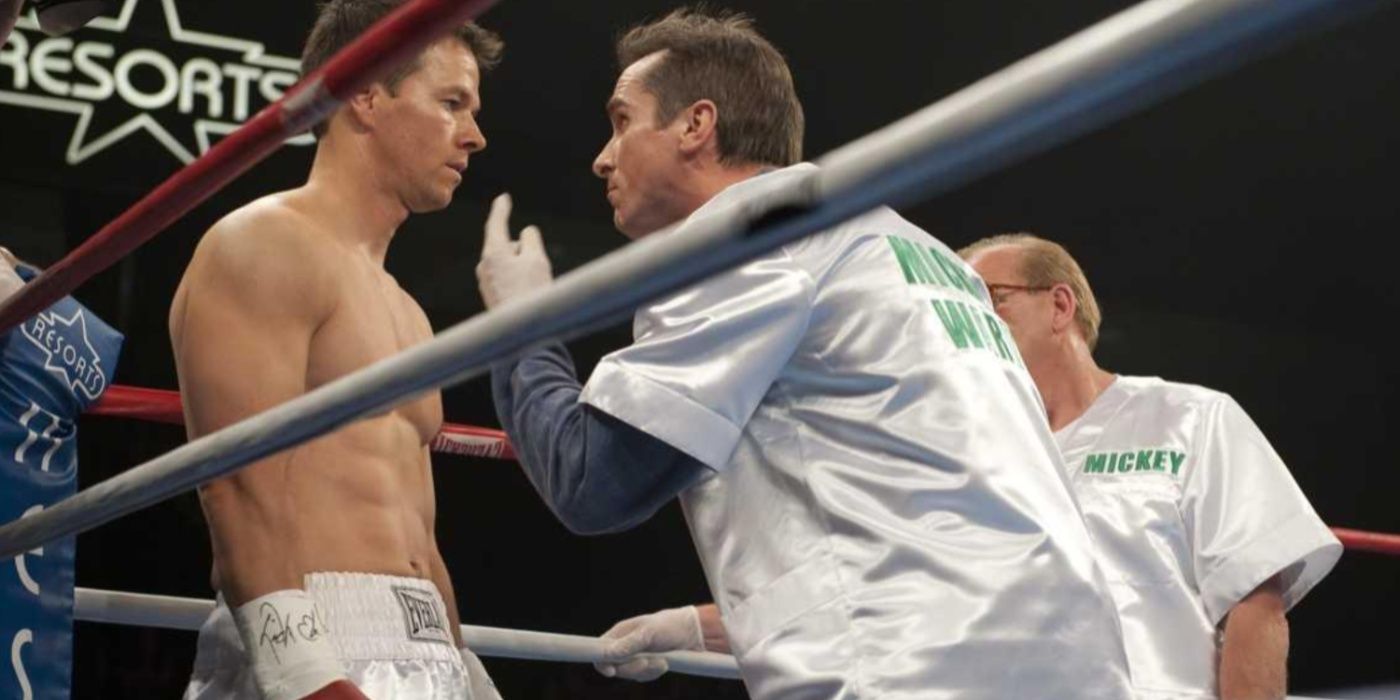

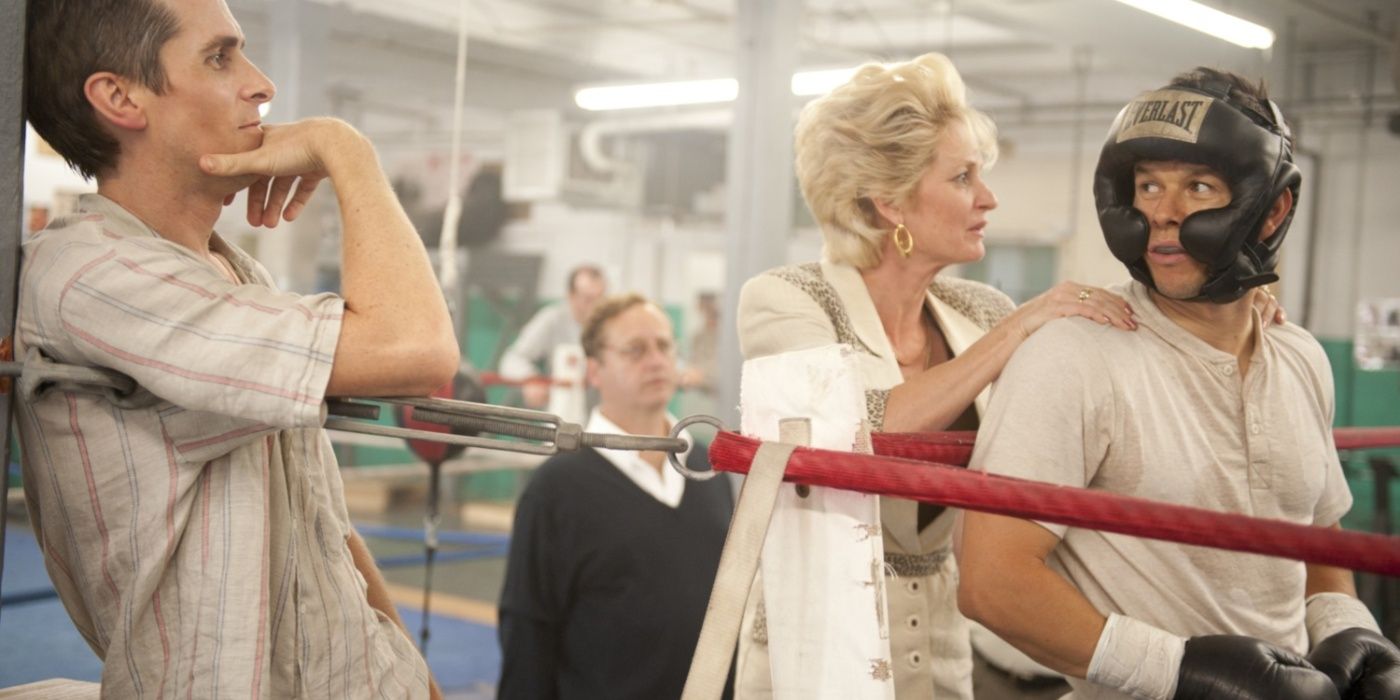
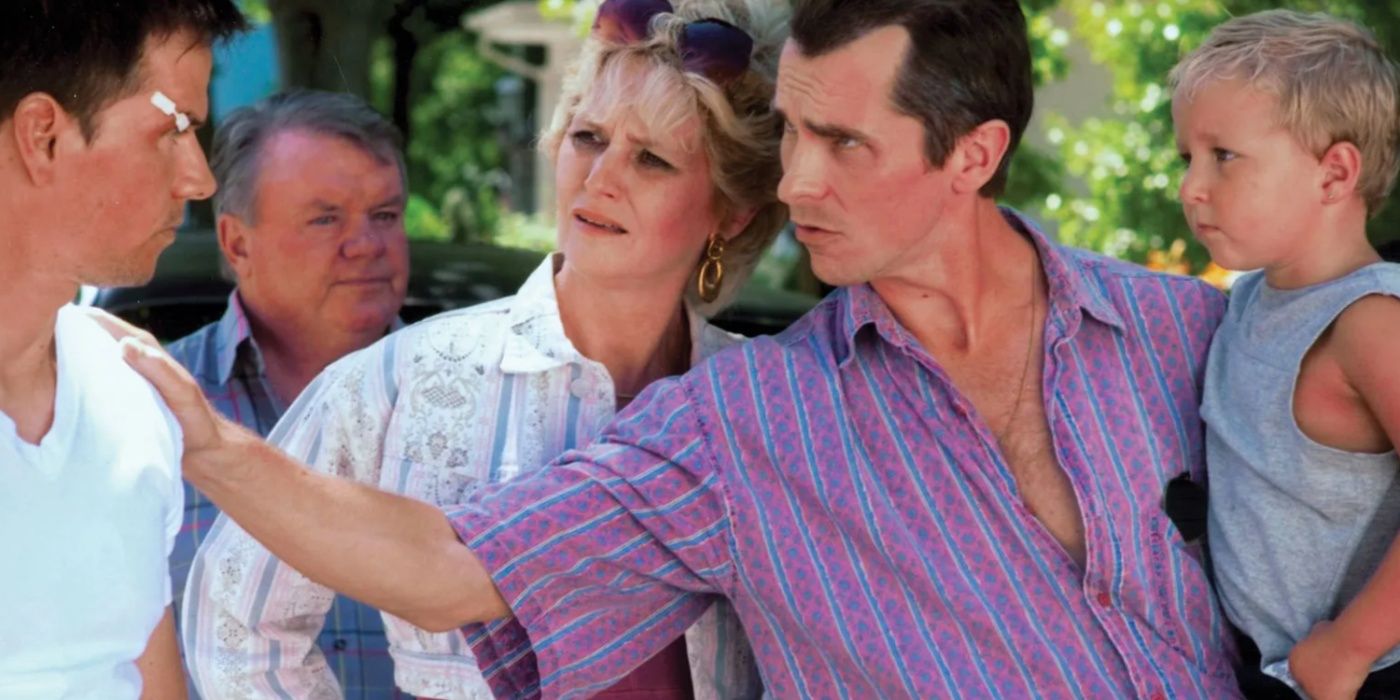
The relationship shared by Dicky Eklund and Micky Ward was a multifaceted tie that encompassed affection, rivalry, and reliance. In spite of his own challenges, Eklund significantly impacted Micky’s boxing journey, acting as his mentor and passing down his skills and expertise to his younger sibling. However, their bond wasn’t free from complications. Eklund’s drug addiction and unpredictable conduct frequently stirred up strife and disagreements, pushing the boundaries of their brotherhood. Despite the tumult, the connection between Eklund and Ward persisted. They stood by each other during tough times, both personal and professional, highlighting the strength of their bond.
What Happened To Dicky Eklund & Micky Ward After The Fighter?
Neither Brother Is Involved In The Boxing World Anymore
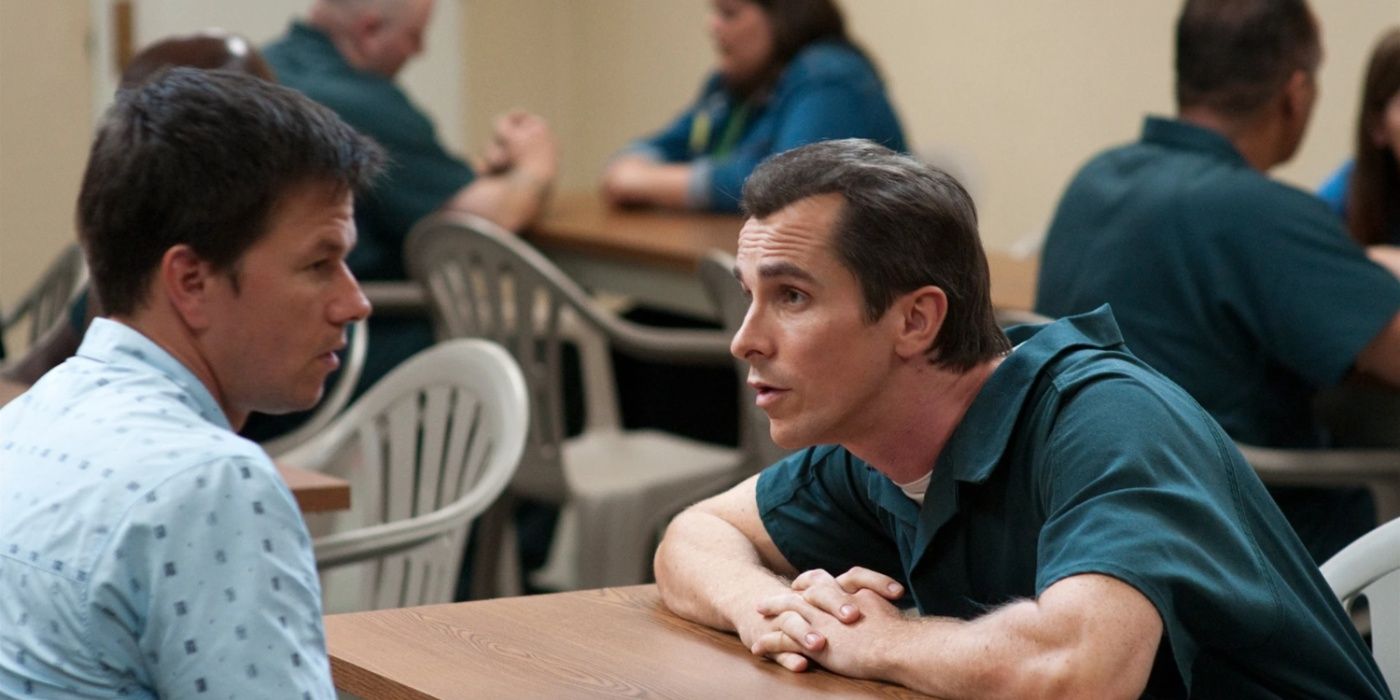
Following the occurrences depicted in “The Fighter”, Eklund continued to be revered as a local hero and took on the role of training upcoming boxers. However, he relapsed into drug abuse and encountered multiple arrests as a result. By 2005, he had resorted to using crack once more and was apprehended in 2006 for possession of crack cocaine, according to the “Lowell Sun”.
Contrastingly, Micky Ward engaged in three remarkable bouts with Arturo Gatti following this. Interestingly, after retiring from boxing in 2003, The Lowell Sun shared that he resumed his previous work on the streets and parking lots of Lowell. Today, he operates a gym named Micky’s Corner, trains youngsters, manages an ice rink, and drives trucks for the Teamsters Union (as reported by Masslive).
Changes The Fighter Made To The True Story
Dicky Eklund Had Issues With The Movie
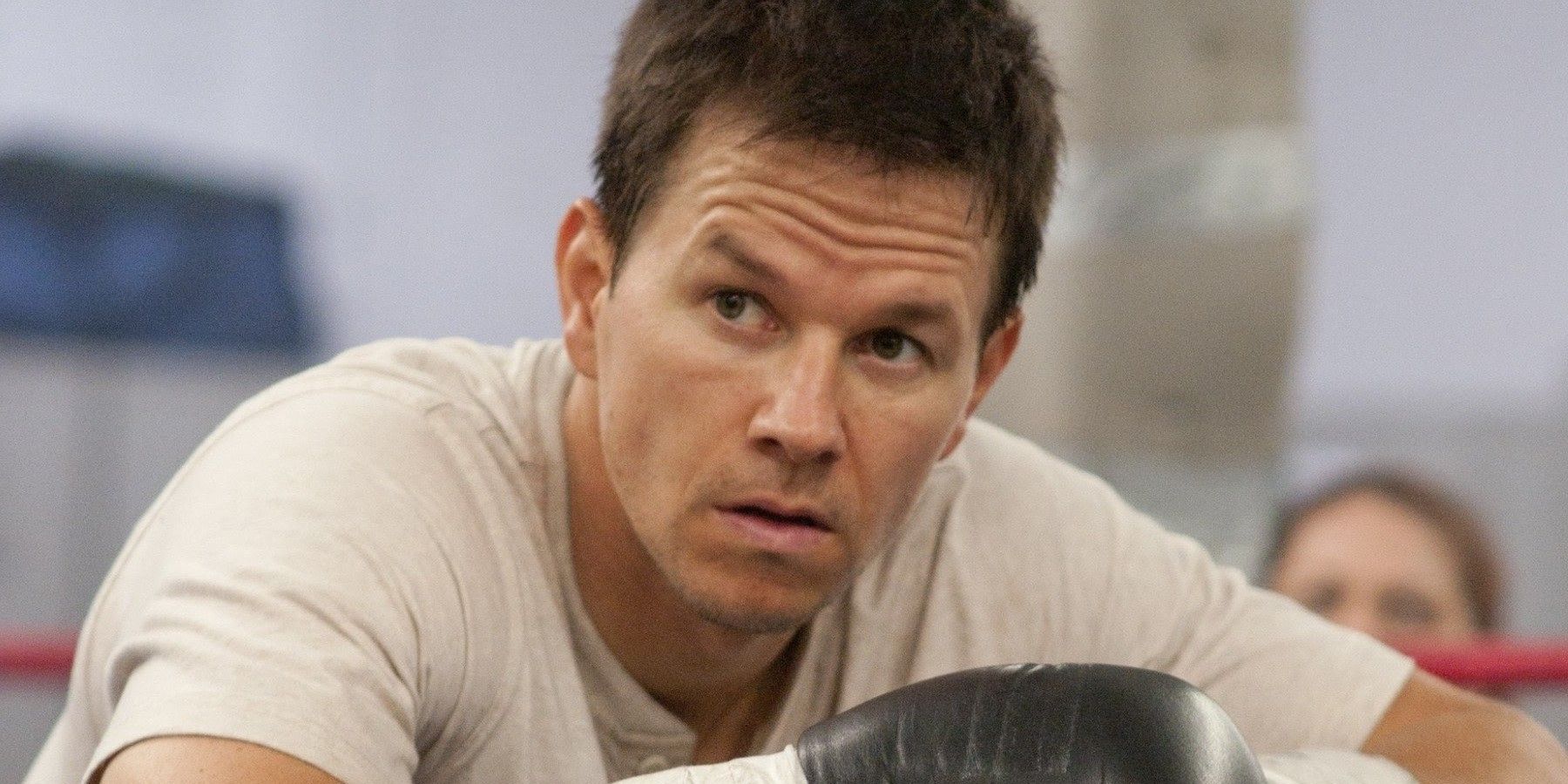
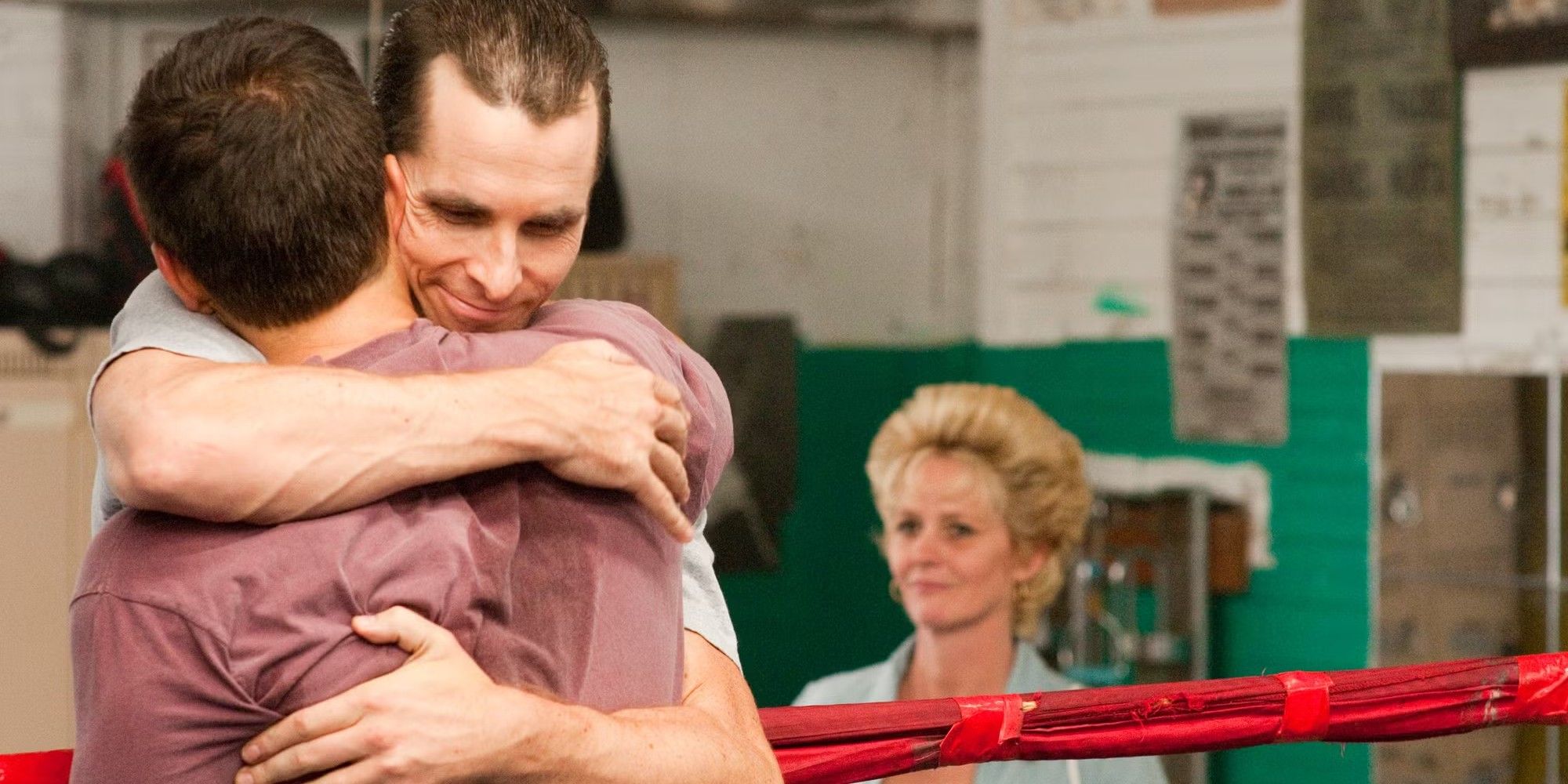
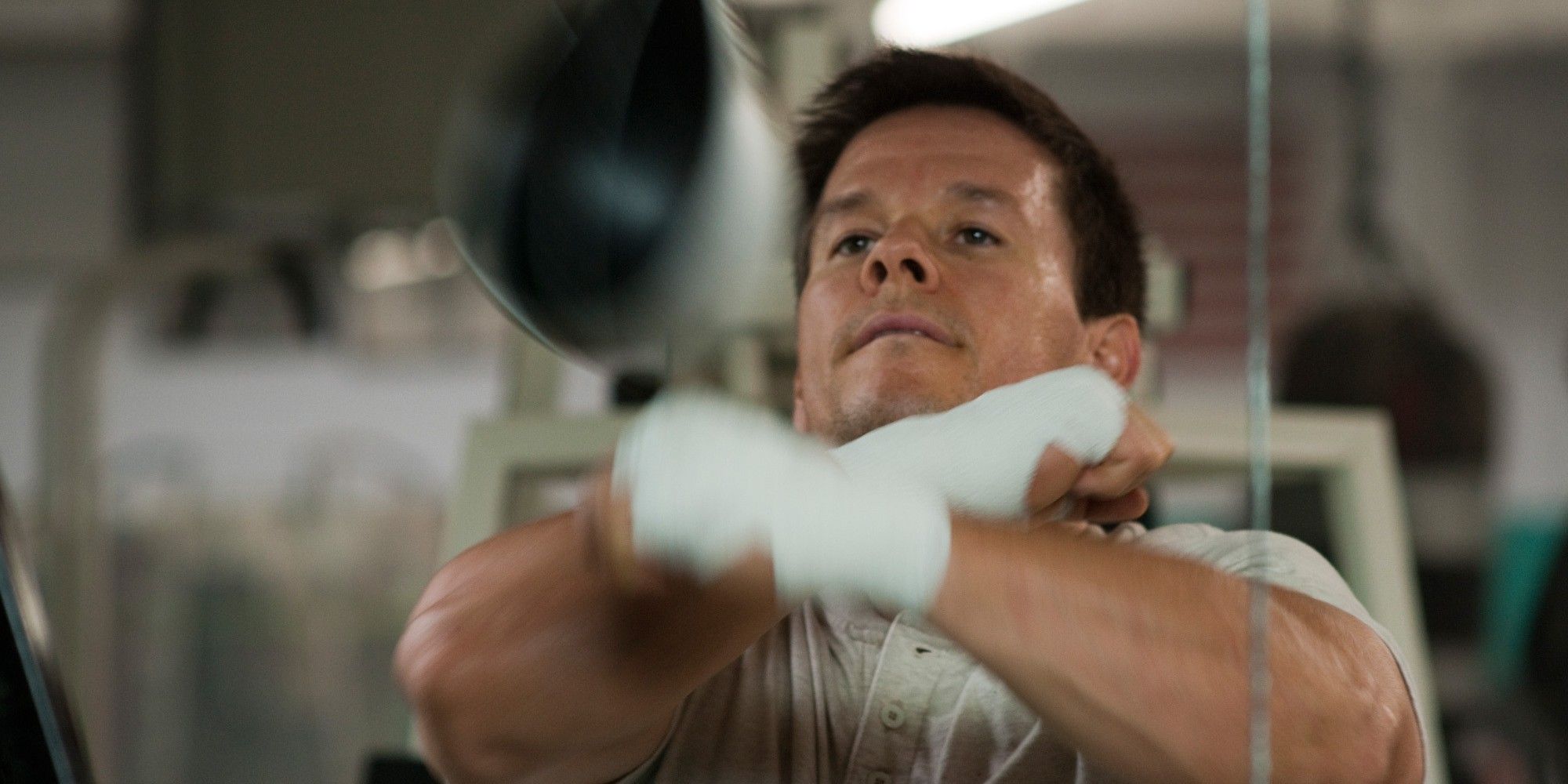
Just like any film inspired by real events, “The Fighter” took creative liberties with the facts surrounding the actual story. For instance, certain aspects of Micky Ward’s boxing career have been altered to portray him as a more unlikely victor than he truly was. One of the most significant alterations concerns his fight against Shea Neary. Contrary to the movie’s depiction, Ward did not lose as severely as suggested, and the claim that Neary significantly outweighed him is inaccurate. In fact, Ward weighed slightly more than Neary on the day of their bout.
In Dicky Eklund’s account, certain elements were modified. For instance, he thought the film crew tagging along were there to capture a story about his boxing return. However, the documentary clearly indicates that Eklund was knowledgeable about its subject matter and even openly talked about his addiction in it. Moreover, the movie implies that Eklund successfully beat his addiction after the documentary, but this is not accurate as he continued to battle it for several years following the film’s events.
The family relationships portrayed in the film were intensified, as reported by the family members themselves. This intensity, however, caused some disagreements between the filmmakers and the actual story’s subjects, who weren’t particularly fond of their on-screen portrayals at first. In an interview with The Guardian, Ward disclosed that Eklund initially despised the movie upon viewing it.
“It made me appear incredibly valuable while making him seem insignificant. His discomfort stemmed from the drug-related aspects, which reminded him of a past he’d rather forget. However, at the premiere, he witnessed people applauding, crying, and laughing, which filled him with pride. Despite his mistakes, it seemed as though they hadn’t been in vain.
Christian Bale, who clinched an Oscar for embodying Eklund, acknowledges that there were conflicts with The Fighter. However, he hints that much of it revolved around the portrayal of his extended family members, as reported by Men’s Health.
According to Bale, he recalled him saying something like, “I’ve done much worse things than what you’re displaying.” He added, “But don’t you think it’s inappropriate to expose my sisters and mother this way?” It was clear that he cared more about them than about himself.
Read More
- Who Is Harley Wallace? The Heartbreaking Truth Behind Bring Her Back’s Dedication
- Basketball Zero Boombox & Music ID Codes – Roblox
- 50 Ankle Break & Score Sound ID Codes for Basketball Zero
- TikToker goes viral with world’s “most expensive” 24k gold Labubu
- Revisiting Peter Jackson’s Epic Monster Masterpiece: King Kong’s Lasting Impact on Cinema
- 100 Most-Watched TV Series of 2024-25 Across Streaming, Broadcast and Cable: ‘Squid Game’ Leads This Season’s Rankers
- 50 Goal Sound ID Codes for Blue Lock Rivals
- League of Legends MSI 2025: Full schedule, qualified teams & more
- KFC launches “Kentucky Fried Comeback” with free chicken and new menu item
- Which Is the Best Version of Final Fantasy IX in 2025? Switch, PC, PS5, Xbox, Mobile and More Compared
2025-04-26 23:09